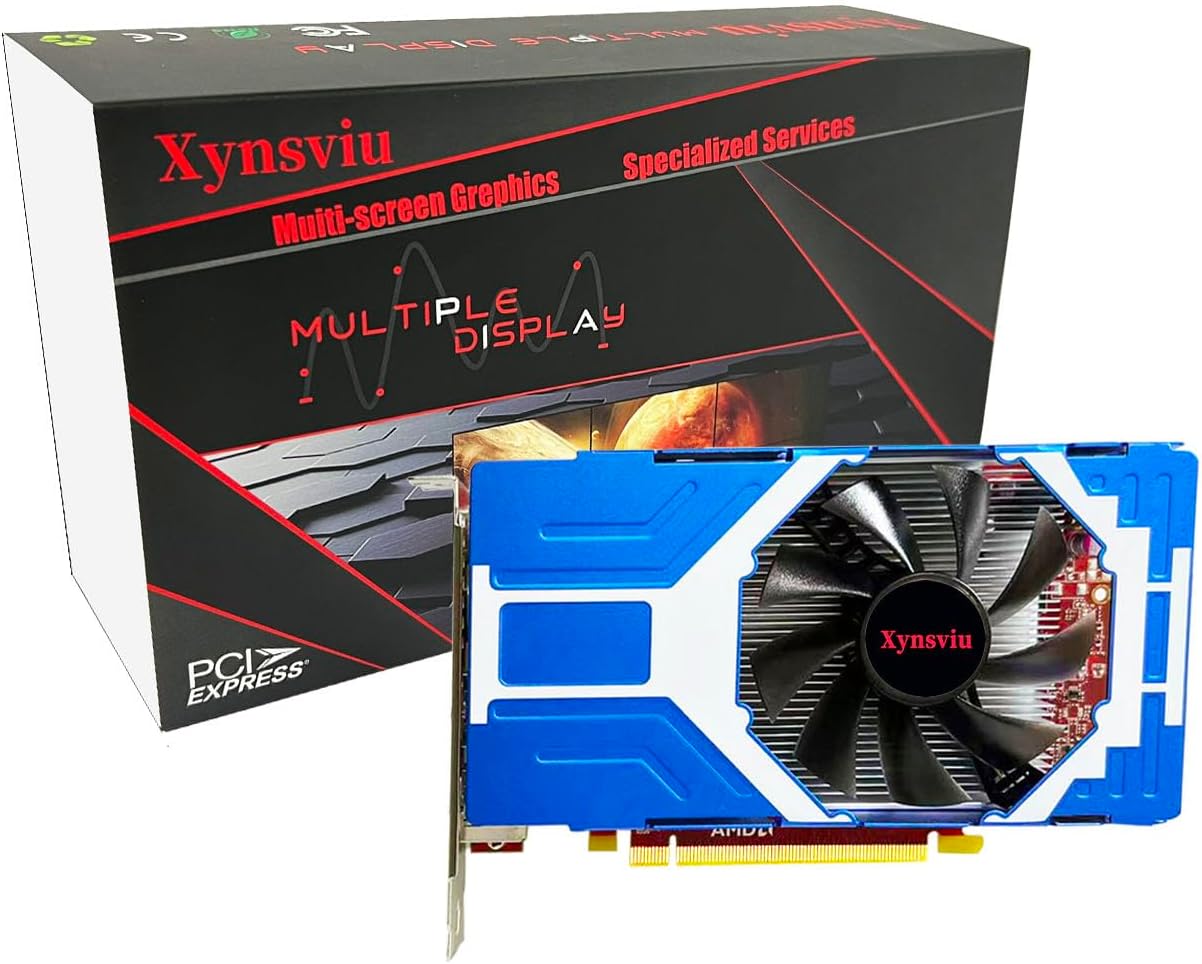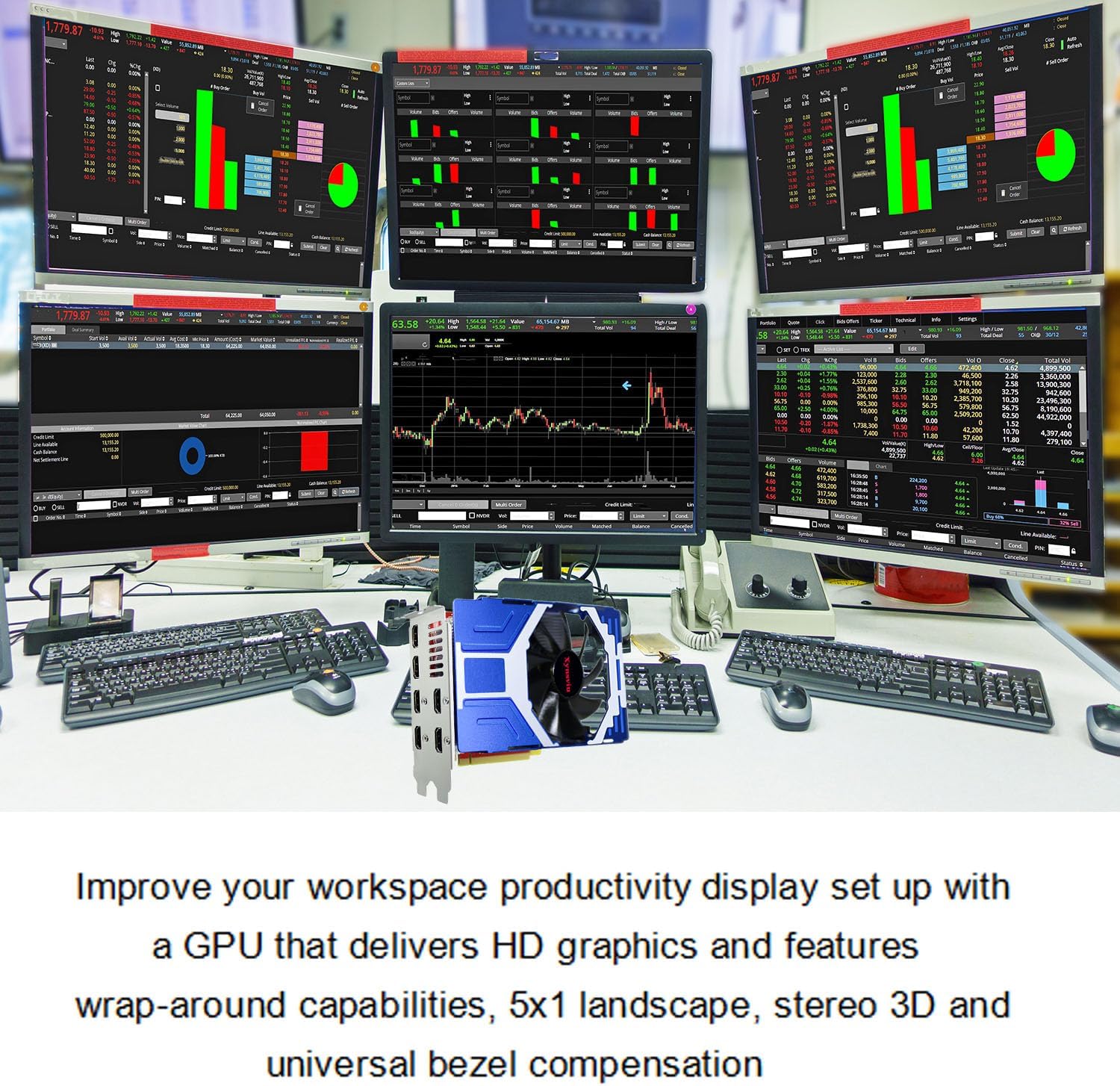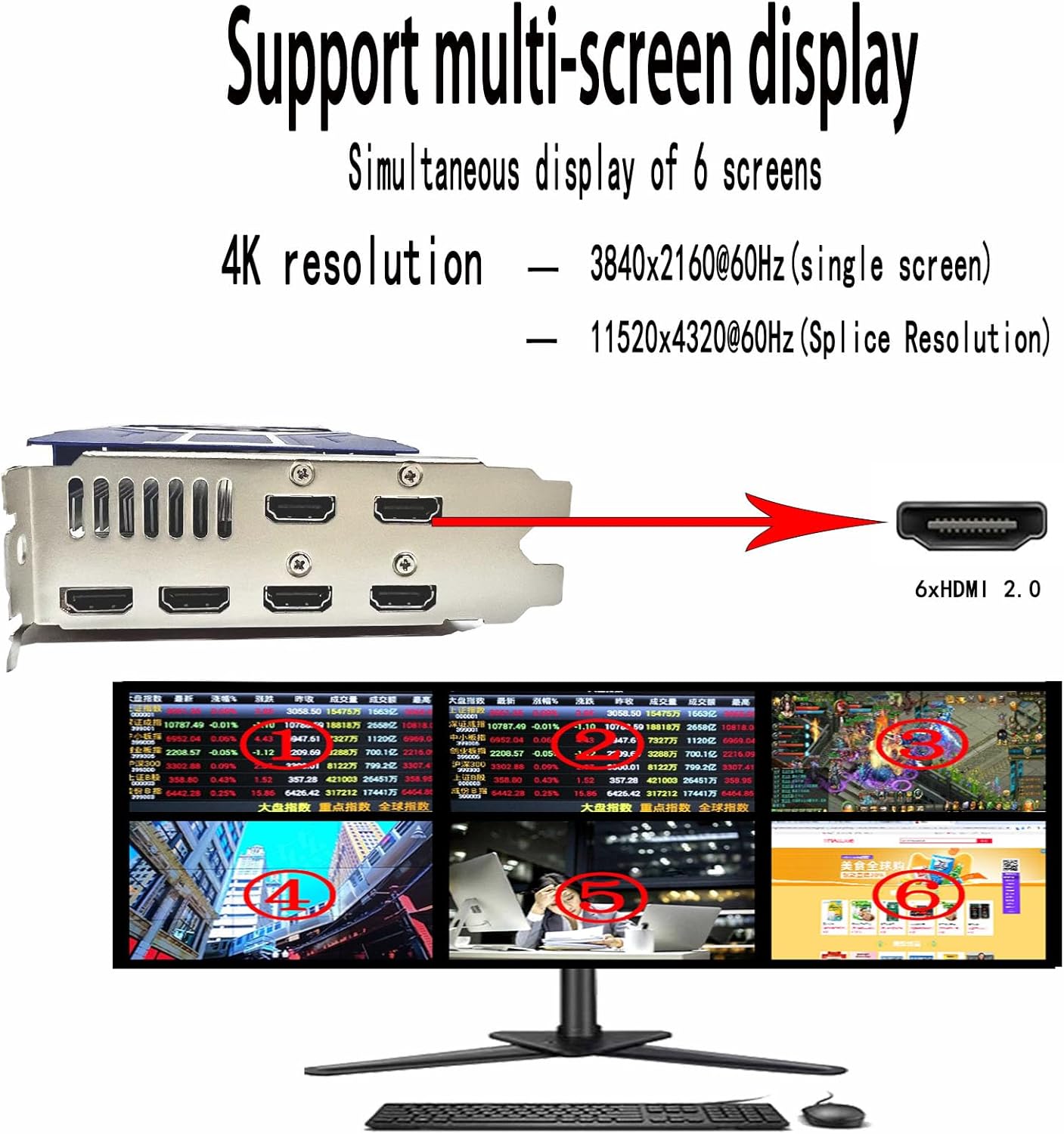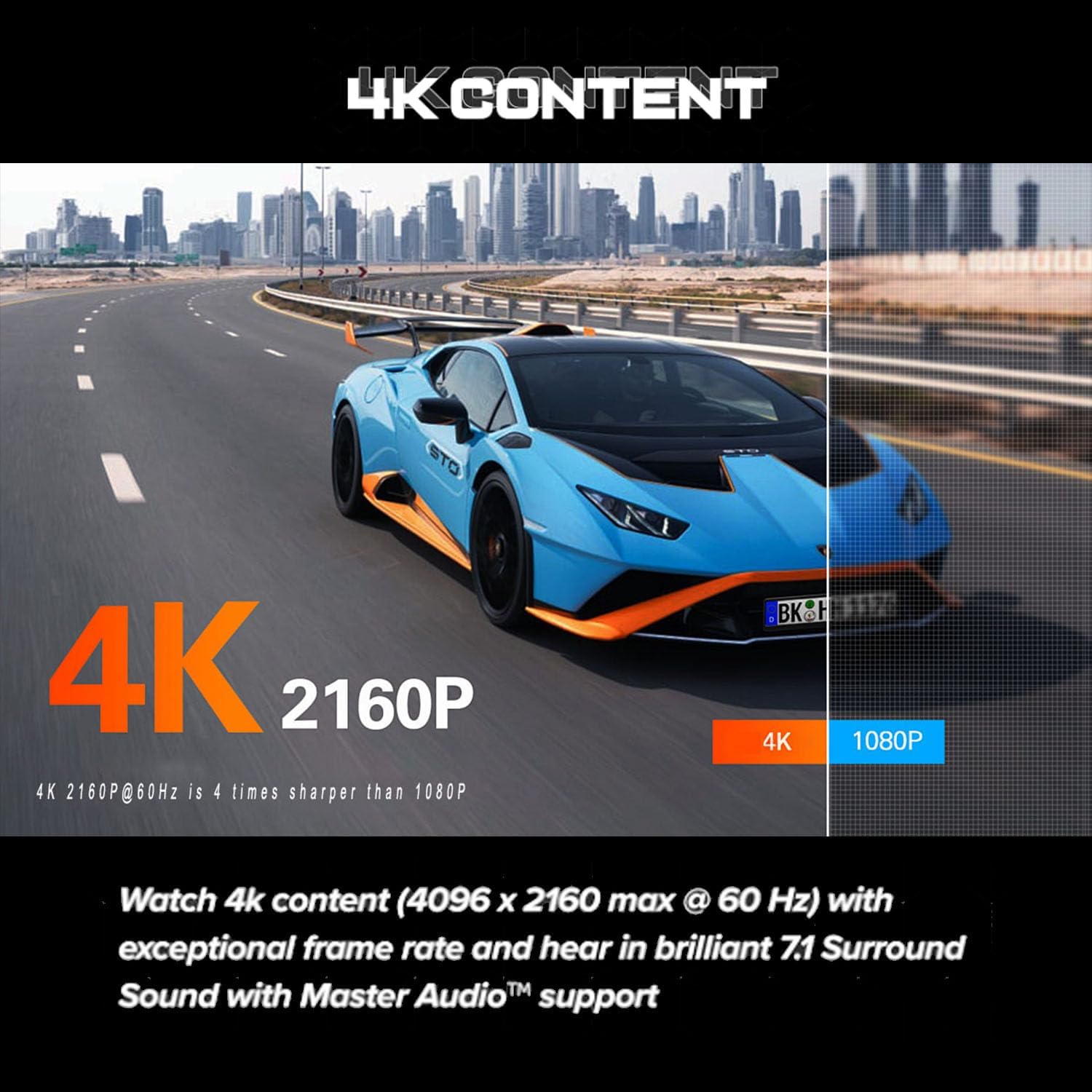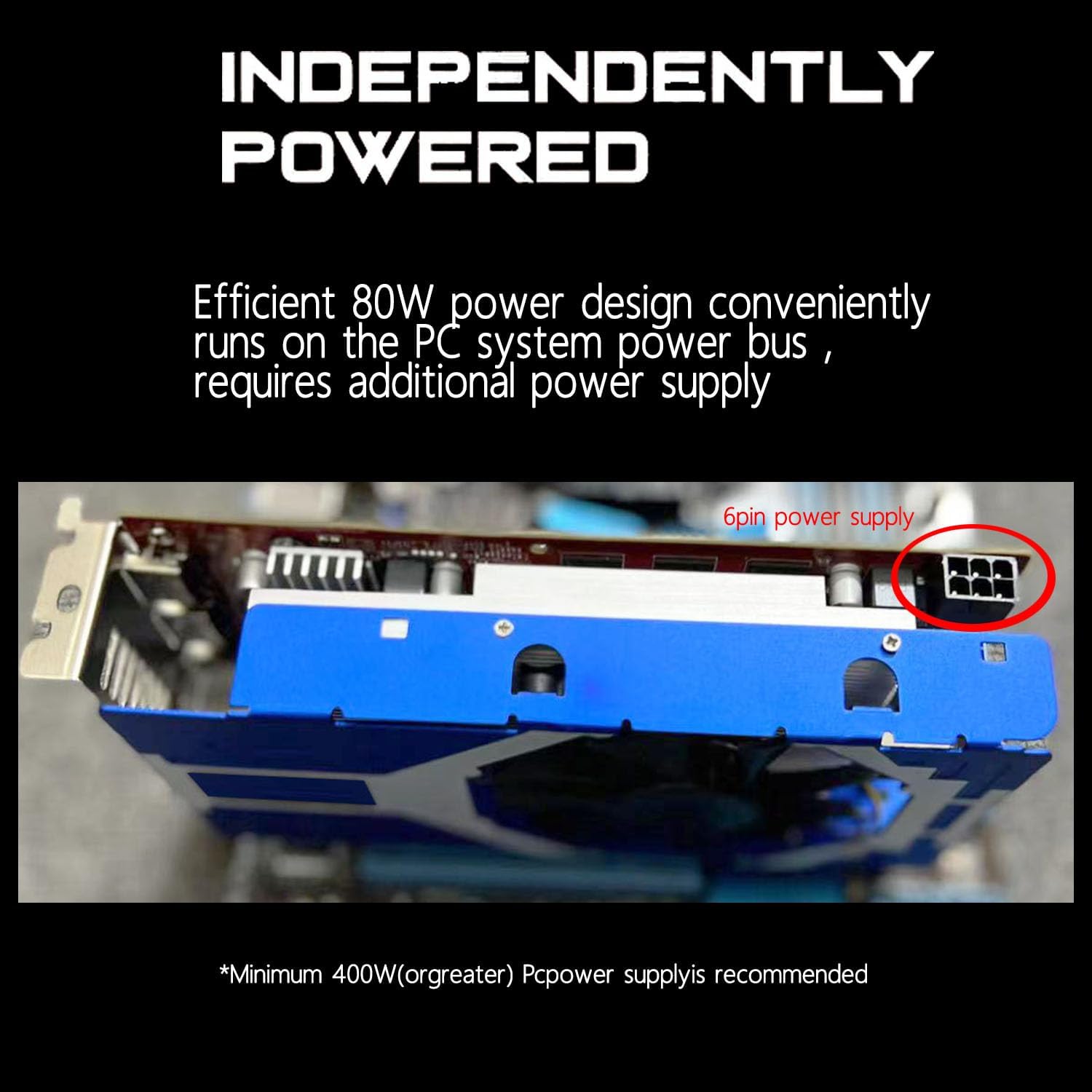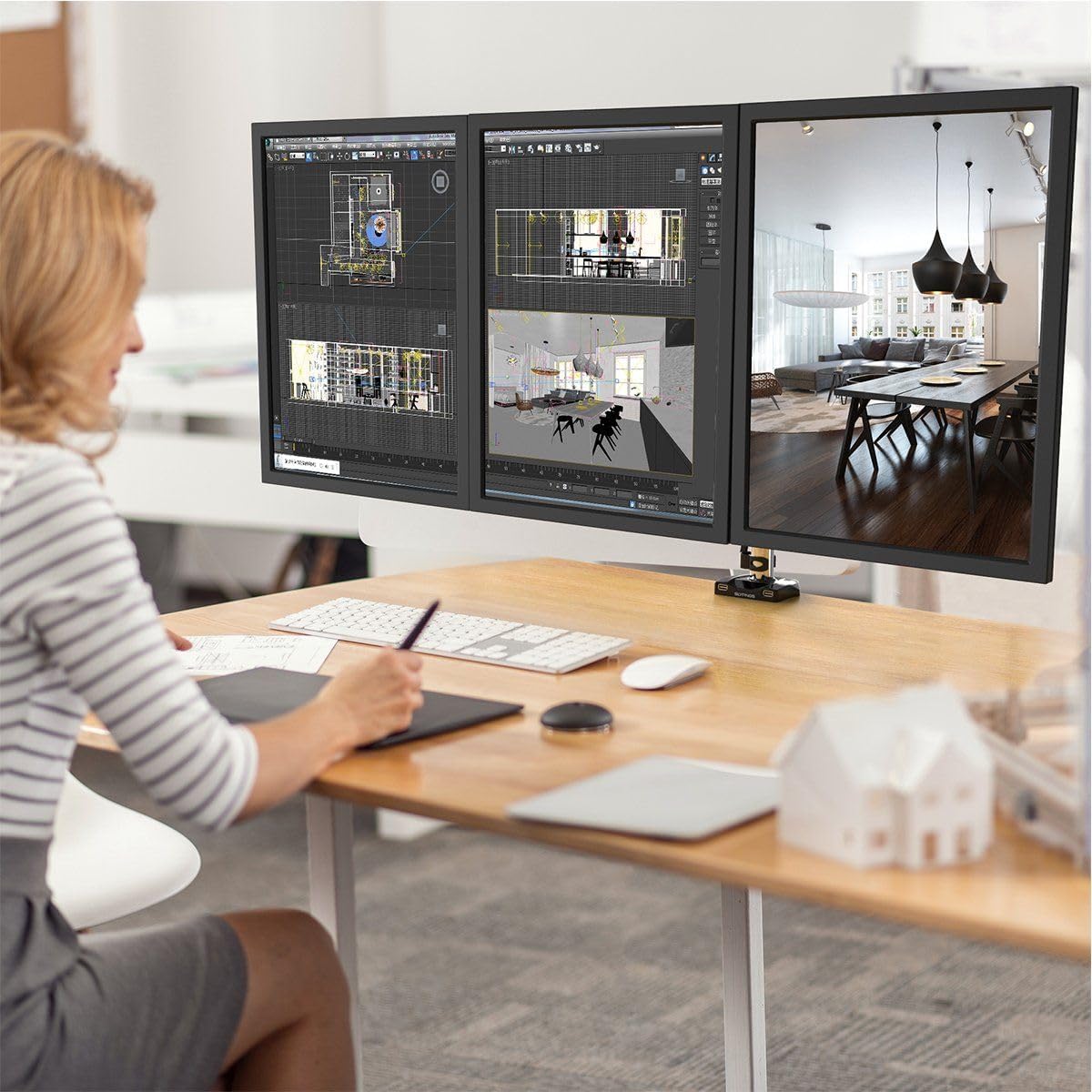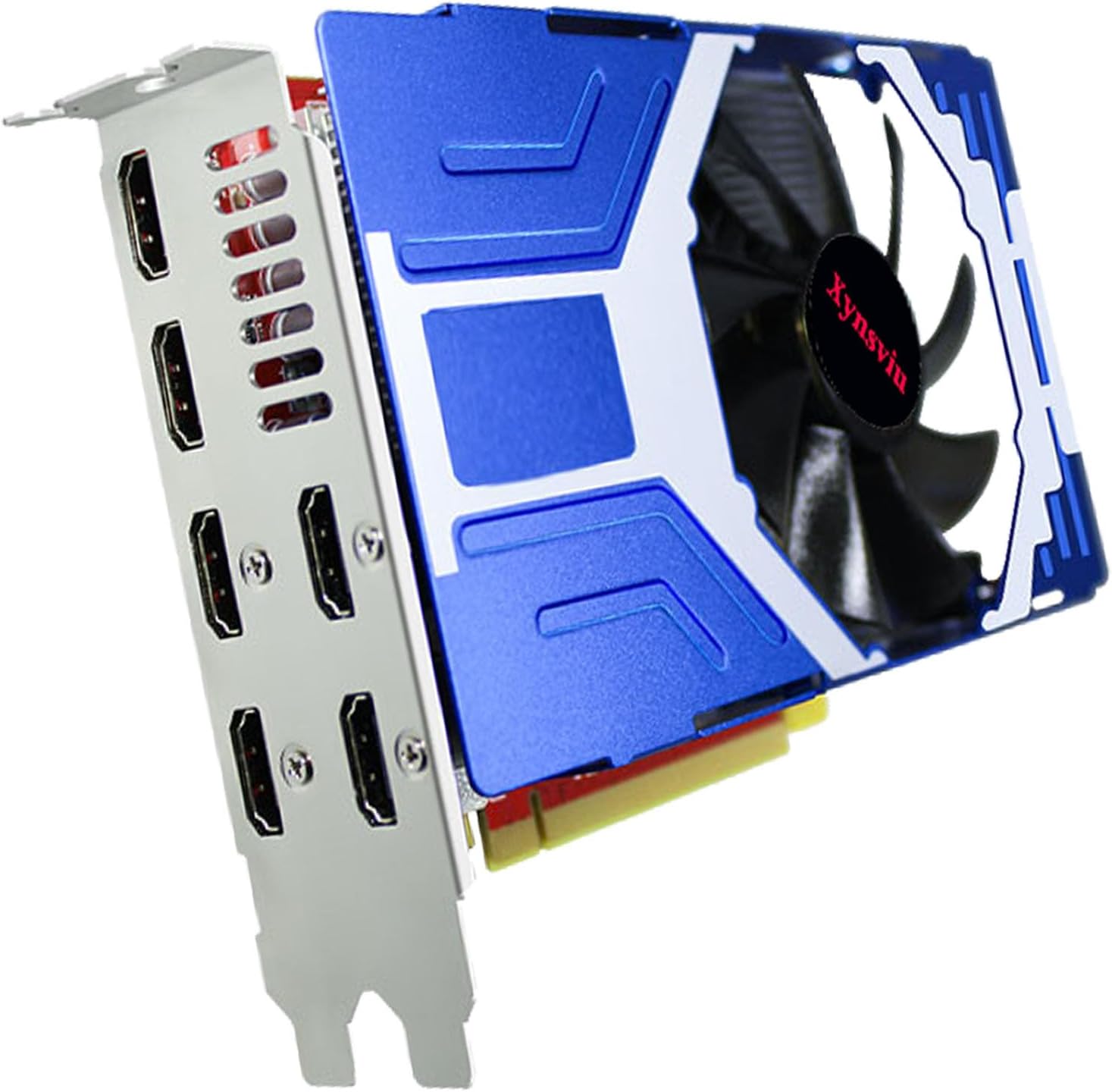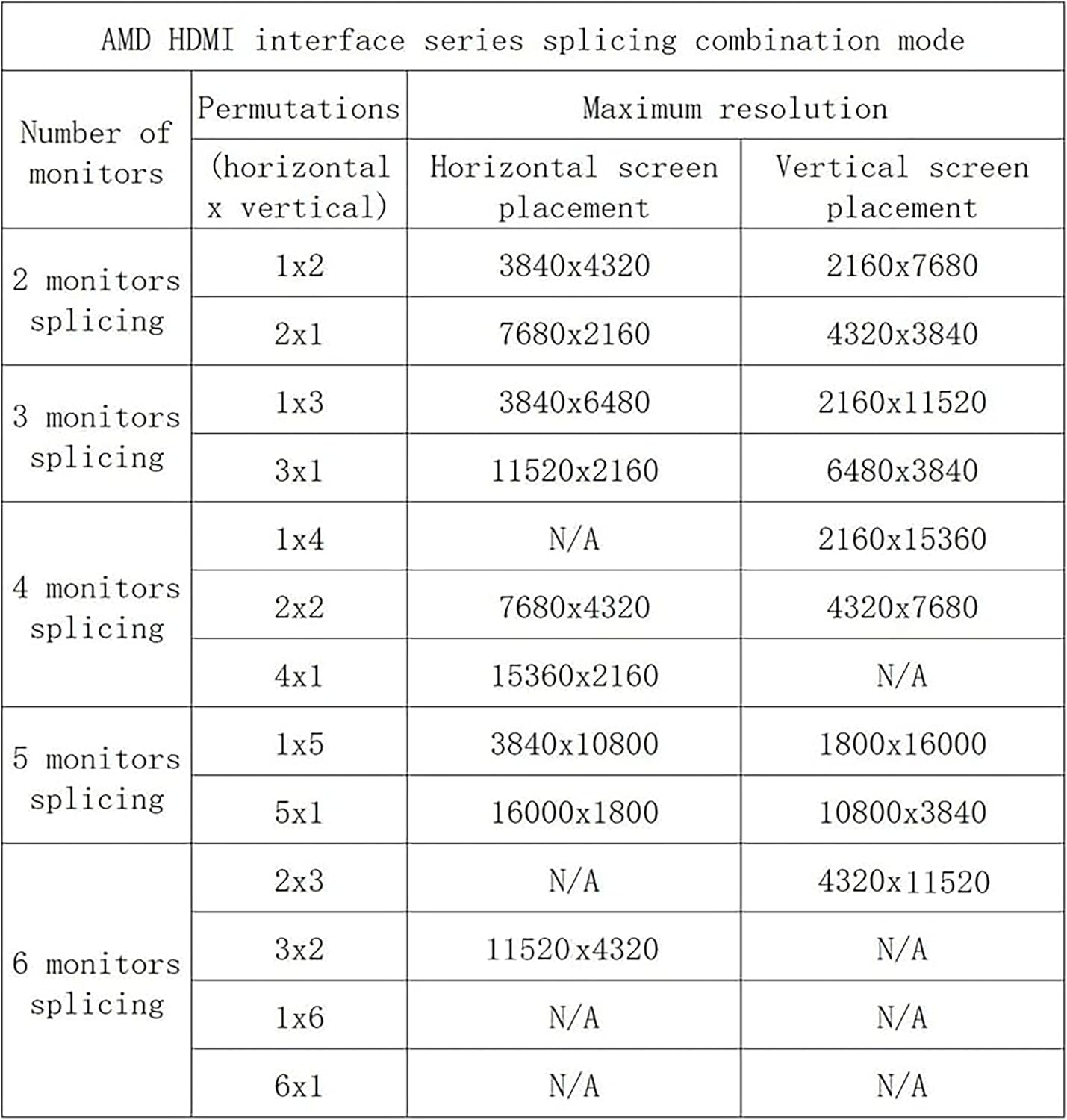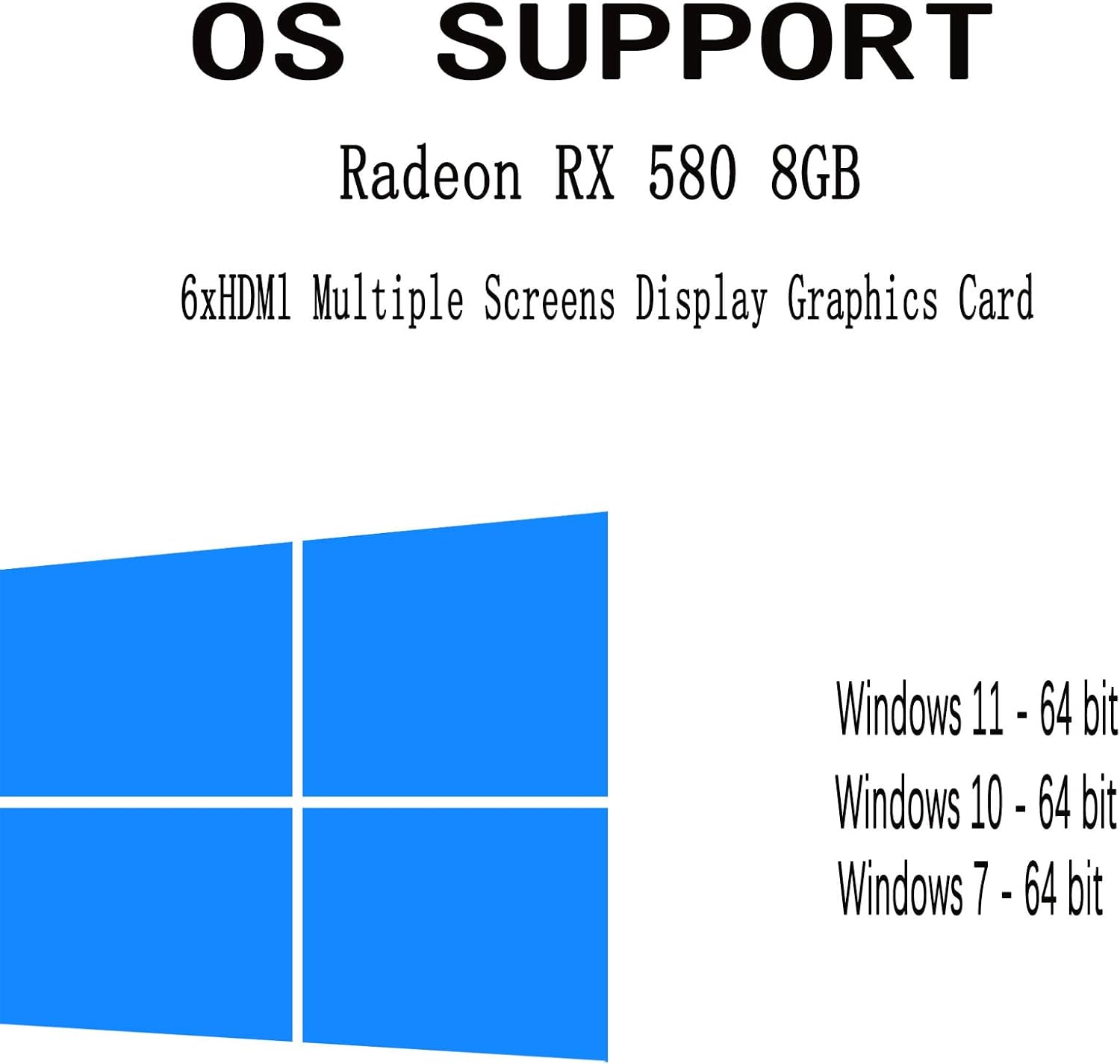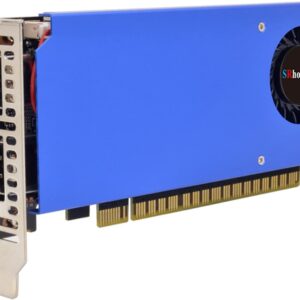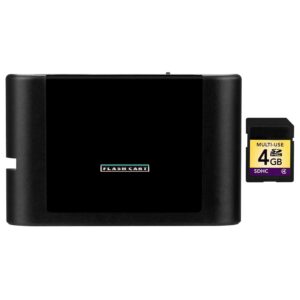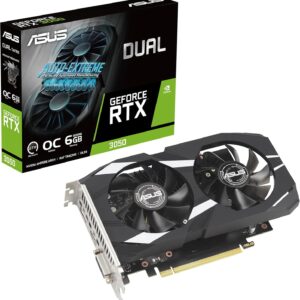Price: $380.00
(as of Mar 07, 2025 23:32:23 UTC)
Product Description
Support 3U/4U large chassis
About Us Xynsviu
Xynsviu Multi-screen graphics cards, founded since the beginning of 2002 to create, and
AMD to maintain good technical exchanges, focusing on this aspect of the multi-screen card, the
High professionalism, good service attitude, more one-on-one technical services.
The card has 2048 stream processors, a core frequency of 1257Hz, and a memory bit width of 256Bit.
6 HDMI output ports
Core Parameters:
Built on a 14nm process,
Specific core frequency and other data may vary by brand and product model.
Memory Specifications:
Memory type is GDDR5, memory capacity is 4GB or 8GB, and memory bit width is 256bit.
Graphics card interface: The interface type is PCI Express 3.0 16X, and equipped with 6 HDMI ports.Supports 4K resolution per output port
Graphics card type: entry-level, suitable for ordinary users who do not require high computer graphics performance, such as daily office work, watching HD video, running some simple small games. Maximum power consumption: 80W, relatively energy-saving, which also makes its power requirements relatively low, do not need to be equipped with a high-power power adapter. Recommended power supply: generally 350W or 400W or more, when choosing a power supply you need to ensure that the power of the power supply to meet the needs of the graphics card
6-Monitor Graphics Card Supports Multiple Modes of Display
Super Multi-Screen Expansion
Connect up to 6 monitors at once to create a super wide visual workspace. Whether you’re analyzing financial data, creating designs, or multitasking, you’ll be able to do it all with ease, dramatically improving your productivity and visual experience.
Replication Mode
This clone mode, is to copy a screen into six identical displays, to achieve a unified action command, each monitor presents the same picture
Large screen splicing mode
Patchwork mode mainly combines individual displays into one big screen for awesome movie and game viewing.
1+1+put together
1+1 is a combination of two individual monitors + 4 spliced screens, whether it’s office games, movies, no need to switch!
6 monitors combined in a variety of ways for splicing
Horizontal splicing (horizontal splicing):
Resolution setting: In this mode, the overall resolution is the sum of the individual monitor resolutions. For example, after three monitors with a resolution of 1920×1080 are horizontally stitched together, the total resolution can reach 5760×1080 (1920×3 = 5760). However, in practice, you may need to make appropriate adjustments according to the performance of the graphics card and application requirements to ensure that the system can run smoothly.
Vertical splicing (vertical splicing):
Resolution Settings: Again, the overall resolution is the superposition of the resolutions of the monitors. For example, two displays with a resolution of 1920 x 1080 vertically stitched together will have a total resolution of 1920 x 2160 (1080 x 2 = 2160). However, for some applications, specific settings or adjustments may be required to accommodate the vertical display layout.
Here are the highlights of the RX580 6HDMI graphics card:
Core Parameters: Manufacturing Process: 14nm .
Number of Stream Processors: 2048, the higher number of stream processors gives it a strong parallel computing ability in graphics processing and enables it to quickly process a large amount of graphics data, for example, when running games, it can render complex scenes, characters and special effects more efficiently, bringing a smoother gaming experience.
Core Frequency: varying from brand to brand and product model to product model, generally between 1257MHz – 1340MHz, a higher core frequency means that the graphics card is able to carry out more computation operations per unit of time, thus improving the speed and efficiency of graphic processing, for example, when running large-scale 3D games or professional graphic software, the card can respond to and process various graphic tasks faster, reducing screen lag and delay phenomenon. delay phenomenon.
Graphics memory specification: Graphics memory type: GDDR5, this type of graphics memory has a higher bandwidth and data transfer speed, can quickly provide the required data for the graphics card core, to ensure the performance of the graphics card in processing graphics tasks.
Graphics memory capacity: commonly 4GB or 8GB, larger memory capacity can support higher resolution image output and more complex graphic scene processing, such as running 4K resolution games or multi-screen display, 8GB memory compared to 4GB memory can better cope with the large amount of graphic data storage and processing needs, to avoid lagging, tearing, etc. due to the lack of memory, to provide a smoother, more detailed graphics. smoother and more detailed visual effects.
256-bit memory bit width: A larger memory bit width means that the graphics card can transfer more data per unit of time, which is very important for processing high-resolution, high-quality graphic content. For example, when running large-scale 3D games, the 256-bit memory bit width can transfer the texture, light and shadow data in the game scene faster, making the game screen smoother and more lifelike, and reducing performance degradation caused by the data transfer bottleneck. The performance degradation caused by the data transfer bottleneck is reduced.
Graphics card interface: Interface type: PCI Express 3.0 16X, which is a common and universal graphics card interface standard, with high bandwidth and data transfer speed, to meet the high-speed data transfer between the graphics card and the motherboard, to ensure that the full performance of the graphics card to give full play to its stable and efficient work .
I/O interface: usually equipped with 6 HDMI interfaces, the design of this multi-HDMI interface can be connected to multiple HDMI devices at the same time, convenient for users to set up a multi-screen display system, for example, users can connect to 6 monitors at the same time through the 6 HDMI interfaces, to achieve multi-screen expansion, splicing and other functions, suitable for the need for multi-screen collaborative work scenarios, such as financial transactions, video editing, monitoring and display and other fields, can greatly improve work efficiency and efficiency of work. It can greatly improve work efficiency and visual experience.
3D API Support: Supports 3D APIs such as DirectX 12 and OpenGL 4.6, which determine the range of games and graphics applications and the level of special effects that the graphics card can support. For example, supporting DirectX 12 means that you can run games developed with this version of DirectX and enjoy some of the new graphics features and performance optimizations brought by DirectX 12, such as more efficient multi-threaded processing, better lighting and shadow effects, and more advanced texture compression technology, thus improving the quality of the game’s graphics and performance; while OpenGL 4.6 is the best choice for professional graphics design, 3D design, and 3D graphics applications. OpenGL 4.6 is a widely used API in the fields of professional graphic design, 3D modeling, scientific computing visualization, etc. Supporting this version of OpenGL ensures that it can run normally and perform well in related professional software, meeting the needs of professional users for complex graphic processing and computation.
Other parameters: Graphics card type: belongs to the middle and high-end graphics cards, in terms of performance to meet the needs of most users in daily use, including running mainstream large-scale 3D games, video editing, graphic design and other work .
Product Size: 180*120*40mm, the size of different brands of products may vary, but generally speaking belongs to the standard size of the graphics card, can adapt to most of the computer chassis installation space, however, in the installation still need to pay attention to the chassis internal space layout and heat dissipation conditions, in order to ensure that the graphics card can be properly installed and good heat dissipation.
Maximum power consumption: generally around 80W – 110W, relatively high power consumption requirements in the selection of power supplies need to pay attention to, it is recommended to match the power enough!
Add to Cart
Add to Cart
Add to Cart
Add to Cart
Add to Cart
Customer Reviews
4.4 out of 5 stars 7
5.0 out of 5 stars 1
5.0 out of 5 stars 1
4.4 out of 5 stars 7
4.4 out of 5 stars 7
Price
$139.99$139.99
— no data $180.00$180.00 $99.99$99.99 $289.99$289.99
Graphics processor
RadeonR7 350 Radeon R7 350 Radeon R7 350 Radeon RX550 Radeon RX580
Core Frequency
800 MHz 800 MHz 800 MHz 1176 MHz 1244 MHz
Memory Size
2G 2G 2G 2G 4G
Output Ports
6xHDMI 6xVGA 6x MINIDP 4xHDMI 6xHDMI
Max Resolution
1920×1080 @60Hz 1920×1080 @60Hz 1920×1080 @60Hz 3840×2160 @60Hz 3840×2160 @60Hz
Power Supply
PCI e 2.0 x16 PCI e 2.0 x16 PCI e 2.0 x16 PCI e 2.0 x16 PCI e 2.0 x16
CUDA Core
512 512 512 768 2048
Power Consumption
60w 60w 60w 50w 80w
Value-added performance graphics card: RX 580 8GB 6-display graphics card is manufactured on 14nm process. It supports Direct-12 graphics and has 8 GB of GDDR5 memory for smooth playback of 4k/8k videos.
6-Screen Display Setup: This GPU has 6 active HDMI 2.0 outputs to build a 6-monitor setup. Having too much screen real estate makes everything faster and dramatically improves your workflow and productivity.
Maximum 80 watts, powered by 1 x 6-pin connector, rated at 80 watts, energy efficient.
How to use:This GPU is suitable for movie and TV projection fusion, financial stock speculation, office, surveillance, indoor and outdoor advertising splicing large screen displays and other engineering applications.
Supported Operating Systems: This six-display video card is available for the following operating systems: Windows 11-64 bit, Windows 10 64 bit, Windows 7 64 bit.

